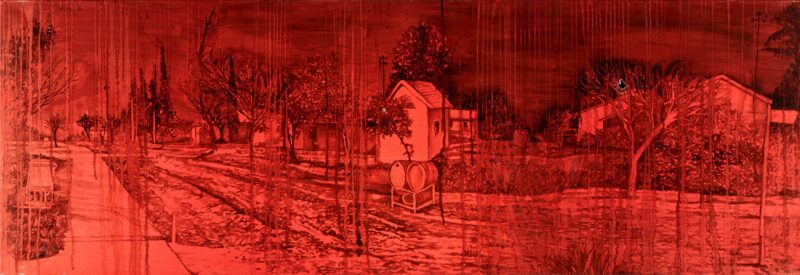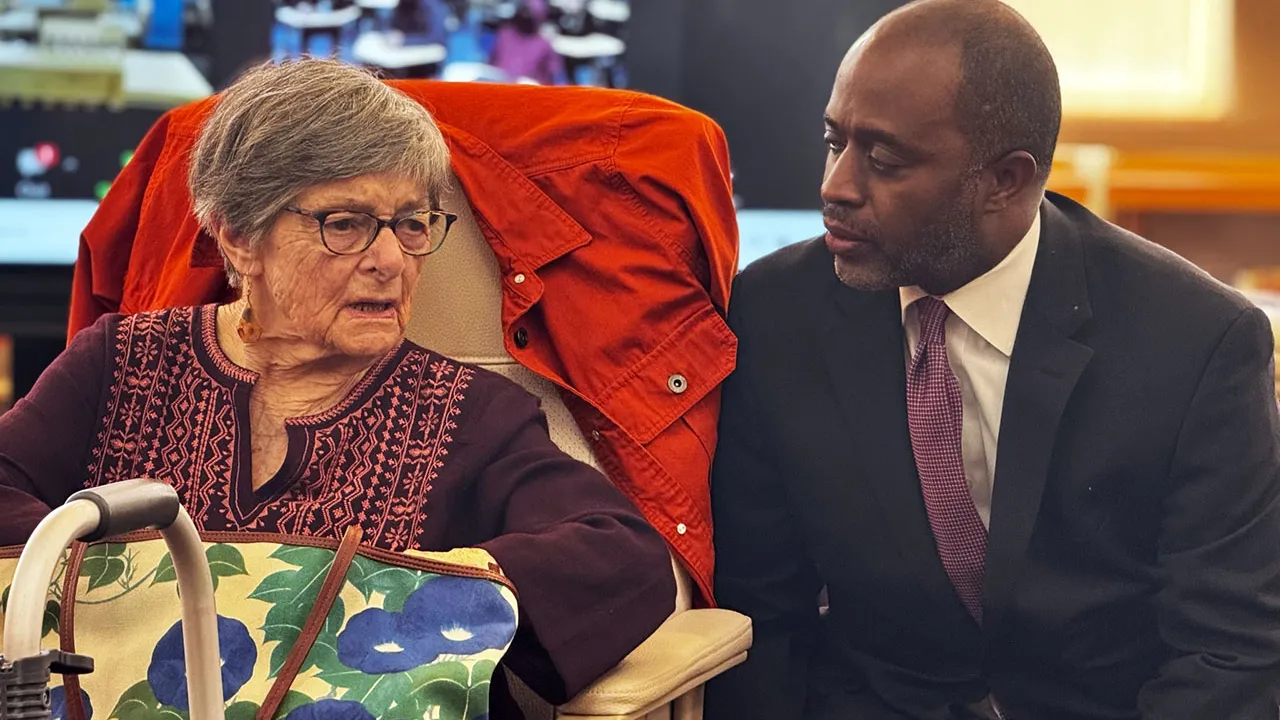ANU Museum offers ‘snapshot’ of how Israeli art responded to Oct. 7
Originally published in eJewish Philanthropy

TEL AVIV — The first response by ANU–Museum of the Jewish People to the Oct. 7 terror attacks was to reopen as soon as the military started allowing gatherings of more than 300 people in central Israel.
“Two weeks after Oct. 7, we got together, and we said, ‘We are a museum. We’re not a tank, we’re not an airplane. What we can do [for the country] is to be a museum and open’ — so we opened. We were basically the only museum in the center [of the country] that was open,” ANU CEO Dan Tadmor said on Friday at the opening event of an exhibition dedicated to the Israeli art world’s response to the Hamas massacres.
“The second thing that we did was to create the start or the taste of an exhibition that dealt with the issue of the hostages,” he told the small crowd, mainly the artists, curators and their families.
An initial exhibition that started in the lobby, as well as a giant yellow ribbon looping through the museum’s main staircase, expanded into a full, temporary exhibition — ”October Seventh” — which opened on Friday.
The temporary exhibition features dozens of works by Israeli artists related to Oct. 7 and the ongoing war against Hamas. Some of the works were created after Oct. 7, others were created before the attacks but either have relevant themes such as grief, loss and war or are now intrinsically linked to Oct. 7 because they or their creators were personally affected by it.
At the opening ceremony, the museum’s chief curator, Orit Shaham-Gover, stressed in her speech that the exhibit was “a snapshot” of how artists are responding to Oct. 7, not the final word on the subject. “We have no perspective. We have no way to summarize an event that is still going on,” she said. “This is a snapshot.”



